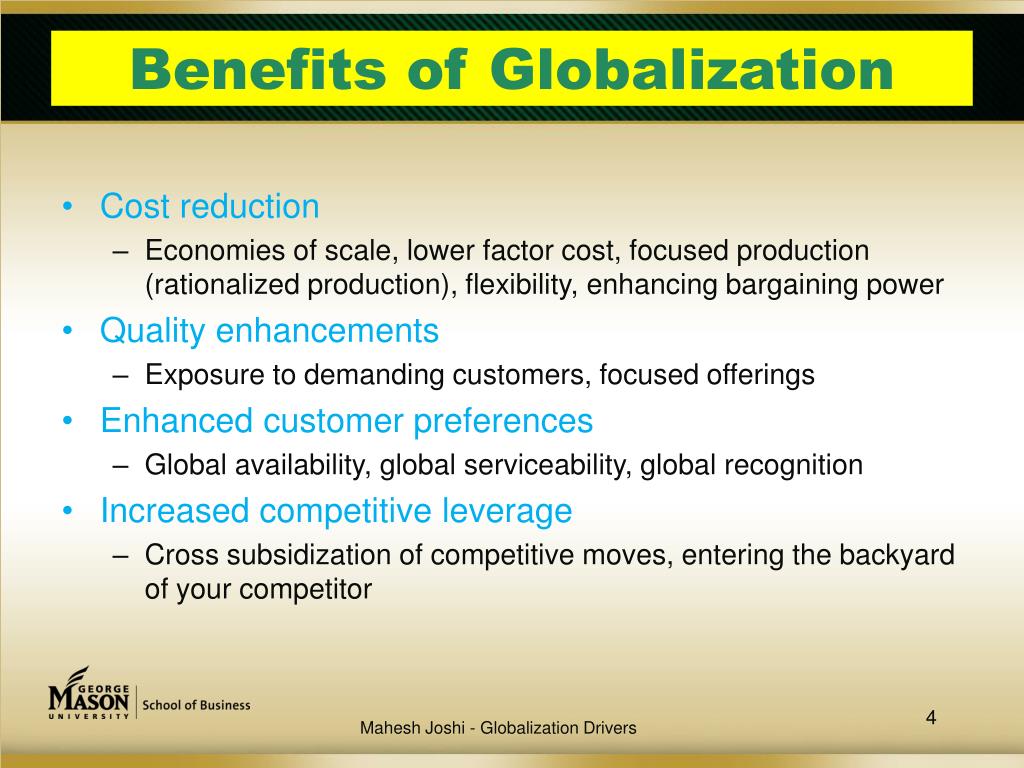

Continuous technological disruption and convergence, which cuts across industries, is here to stay. Companies are facing increased competition to attract and retain a skilled workforce, exacerbated by employees campaigning on issues such as health and safety, and issues of diversity and inclusiveness. A growing consumer trust deficit has also surfaced, driven by rising customer expectations around business transparency and sustainability. The figure already stands at US$37.8tn, up from US$22.8tn in 2016. Assets under management with a focus on ESG impact (environmental, social and governance) are projected to climb to US$53tn by 2025.

The increased focus on the climate emergency and environmental impact wrought by businesses themselves, has led many institutional investors to change their portfolio inclusion criteria. A rapidly changing geopolitical, trade and regulatory landscape, with many governments moving to a more interventionist policy position. Over the past year, several transformative forces have intensified and converged to ignite a burning platform that’s forcing businesses to redefine how they create, deliver, and communicate value. COVID-19 has shifted how businesses are viewed by their customers, employees, investors, and regulators, as well as wider society. But even in those countries and industries where economies are beginning to rebound, the pandemic has left an indelibly changed business environment. More than a year since the pandemic began, many countries are still affected by restrictions that are significantly curtailing business activity. We’ll also identify the cornerstones on which such a purpose-led strategy should be built: trust, trade, technology, sustainability, with a fifth connecting element that stabilizes these foundations – people at the center of it all. Here, we’ll outline why you need to initiate a purpose-led reimagination of your strategy to navigate a path to growth in the post COVID-19 business environment. The CEO Imperative series, part of the Imperative Collection, addresses critical issues and actions to help CEOs reframe the future of their organizations. To rebound to sustainable growth, you need to reframe your strategic agenda not as a return to business as it once was, but as a new platform from which to create and protect value. Success will no longer be measured with profit and operational metrics alone. To tackle that question, you must first acknowledge that your new growth strategy cannot be built on the same assumptions and principles that drove results in the pre-pandemic era. (b) Also, explain briefly any three impacts of those concepts on Indian business and industry.CEOs have a major question to address: how can you put your company back on track to growth, and at the same time create long-term, sustainable value for a broader set of stakeholders? (a) In the above paragraph, two major concepts related to government policy have been discussed. Competition resulted in reduction in prices, thereby benefiting the customers. Success of the company attracted many other players to enter the market. In a short span of time, the company emerged as a market leader. It set up its office in Gujarat with a view to capture the Indian market. The company was also aware that there had been increased level of interaction and interdependence among the various nations of the world and India could be made a base for its international trade. The company decided to take advantage of the fact that licensing requirements had been abolished. While in search of markets abroad, the company found that in India, the reform process was underway with the aim of accelerating the pace of economic growth. It has a large Research and Development team which invented the first smart watch W-I, which besides showing the time would also monitor few health parameters like heart beat, blood pressure, etc. Thus, we can say that, market convergence, competition, exchange rates and cost advantages are the key drivers of globalization.

Most companies move their head quarters to overseas to avoid their respective home countries' high taxes and other costs associated in business operation in those countries. Adverse business environment in home country pushes the companies to look for global market. To set up a business in a place which is politically more stable. To cut down the manufacturing cost, industries may set up manufacturing units overseas where manufacturing cost is favourable. For the development of business a new technology is needed which could be taken from overseas. An organization named WTO (World Trade Organization) was established for the development of cross border trade. World is shrinking because of the development of the transportation, communication, technological changes etc. Domestic markets are not enough and other markets are required for the progress of industry.


 0 kommentar(er)
0 kommentar(er)
